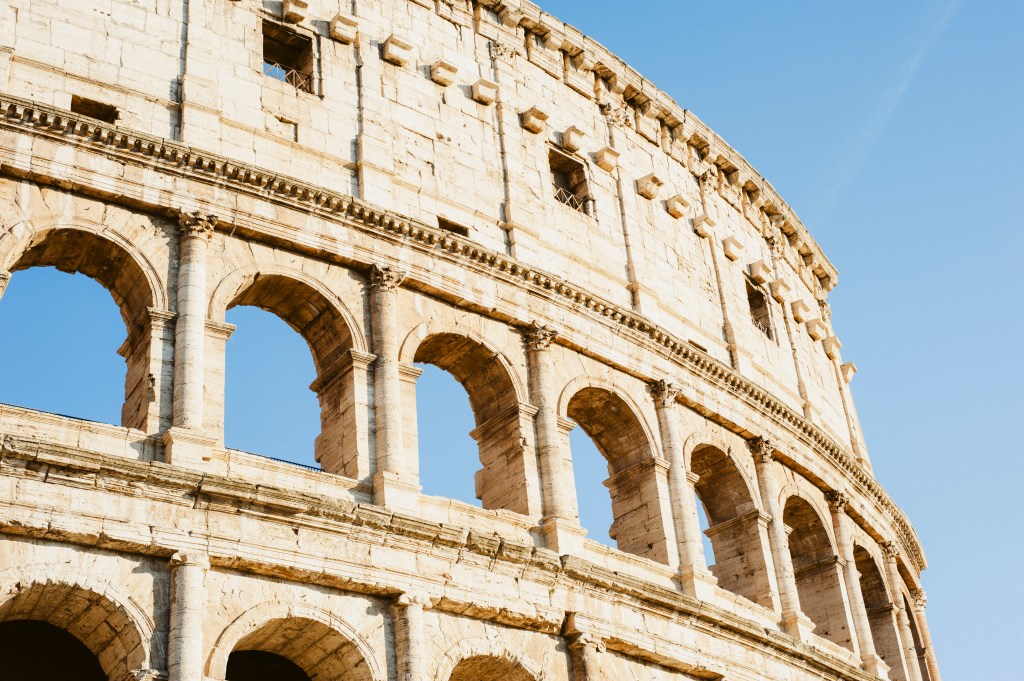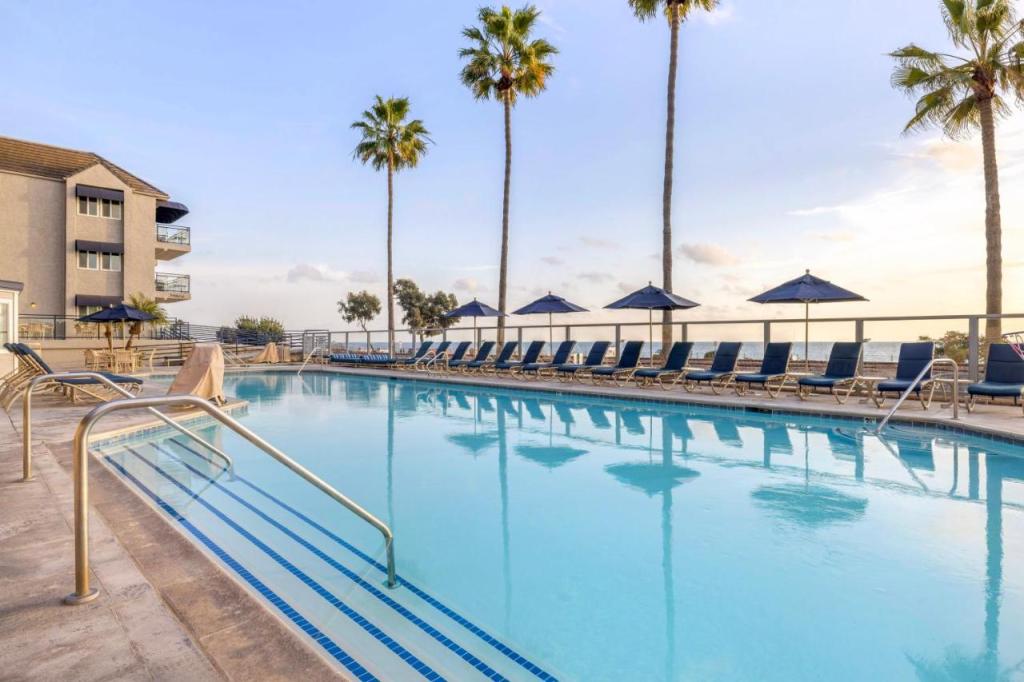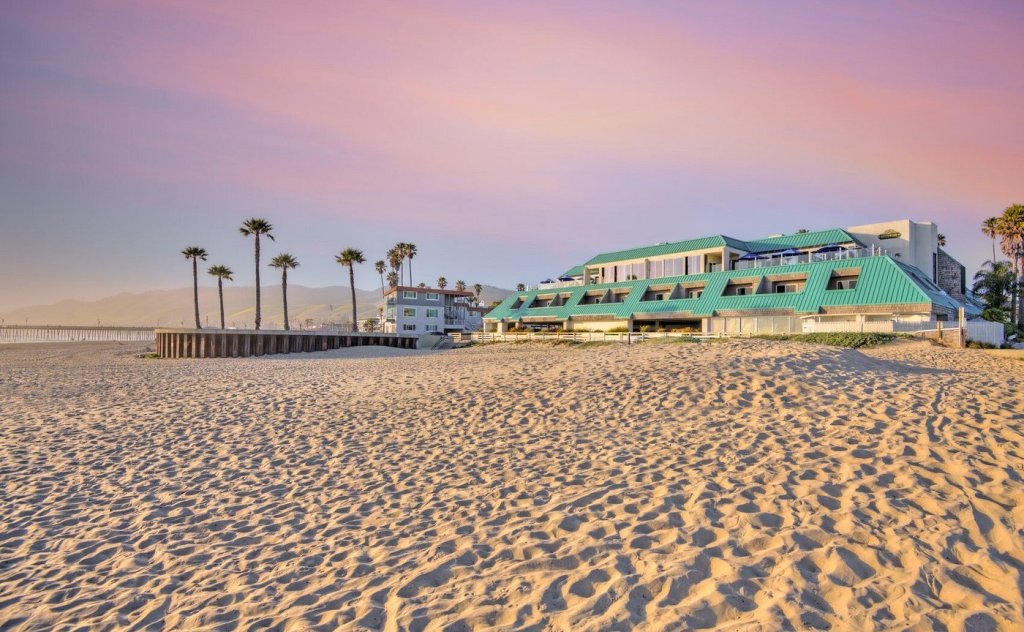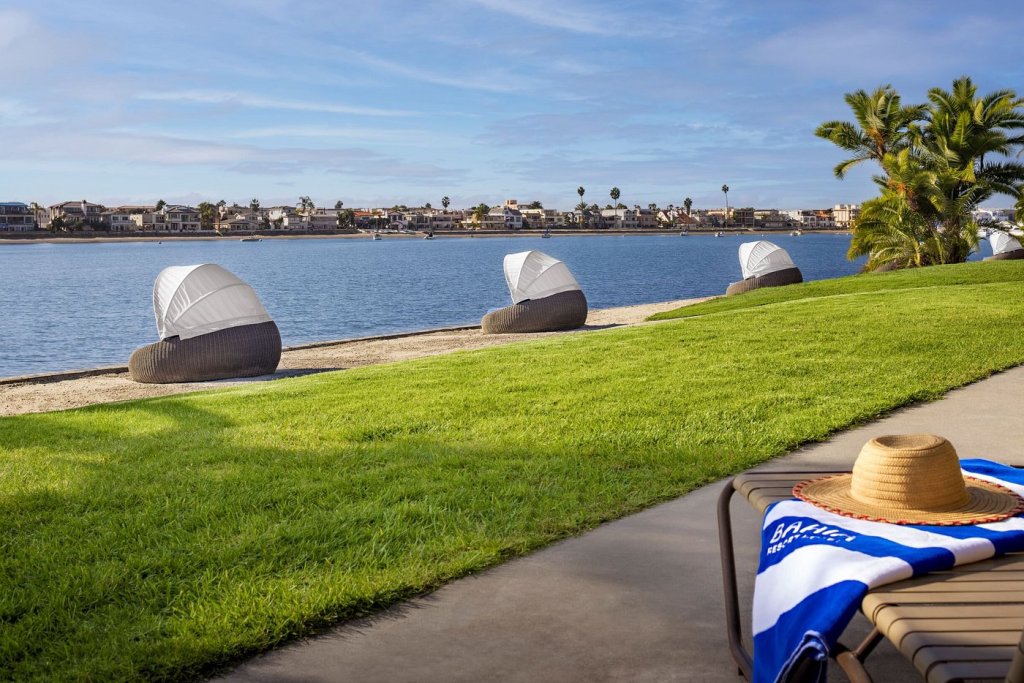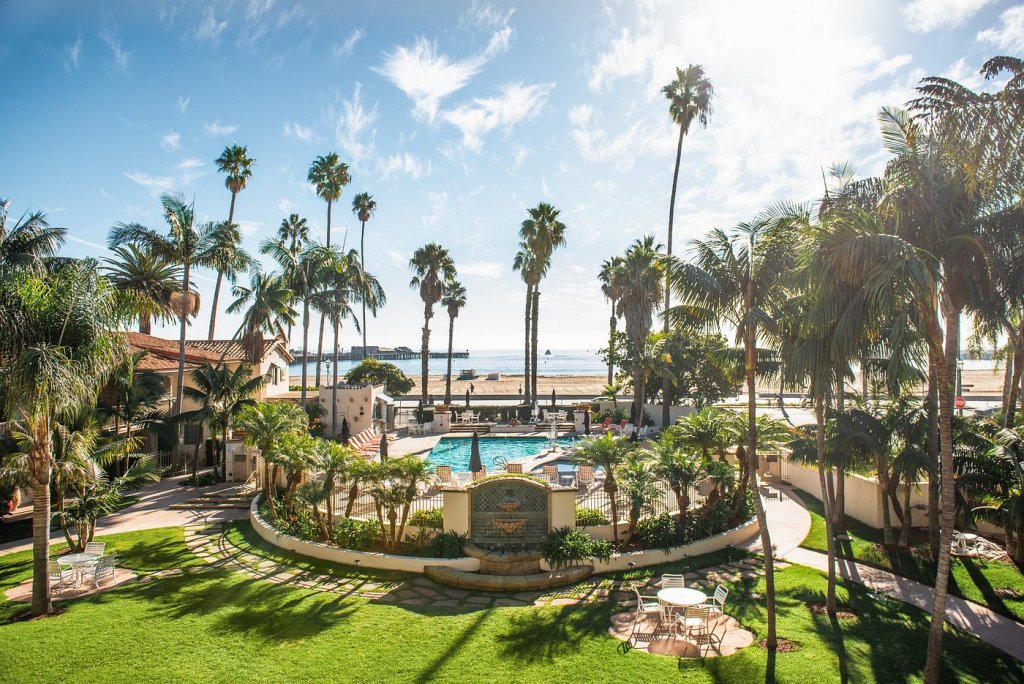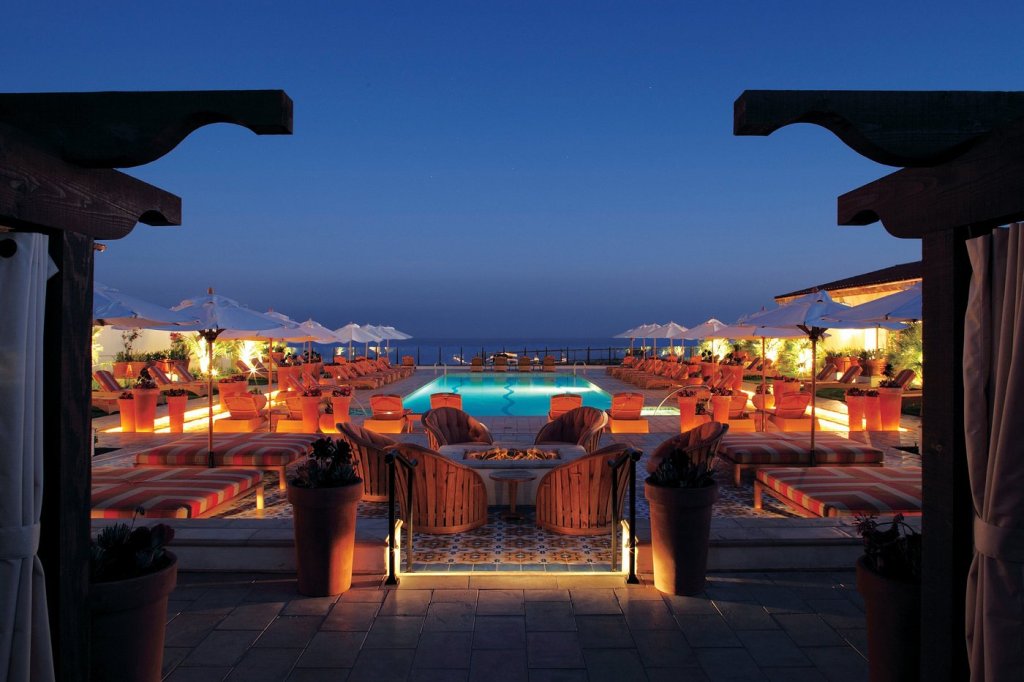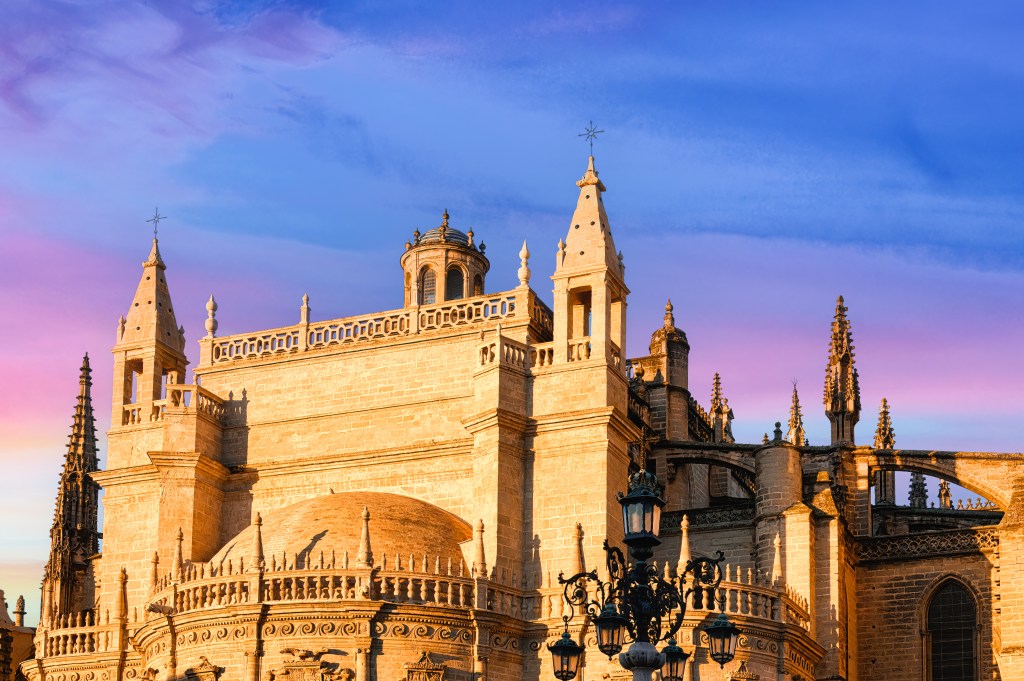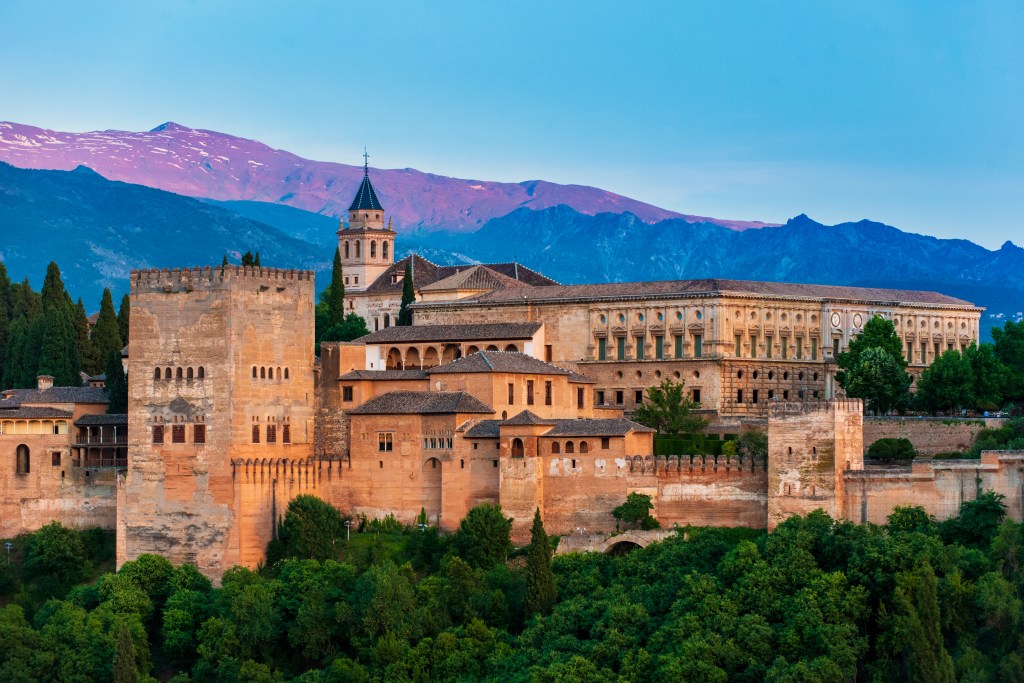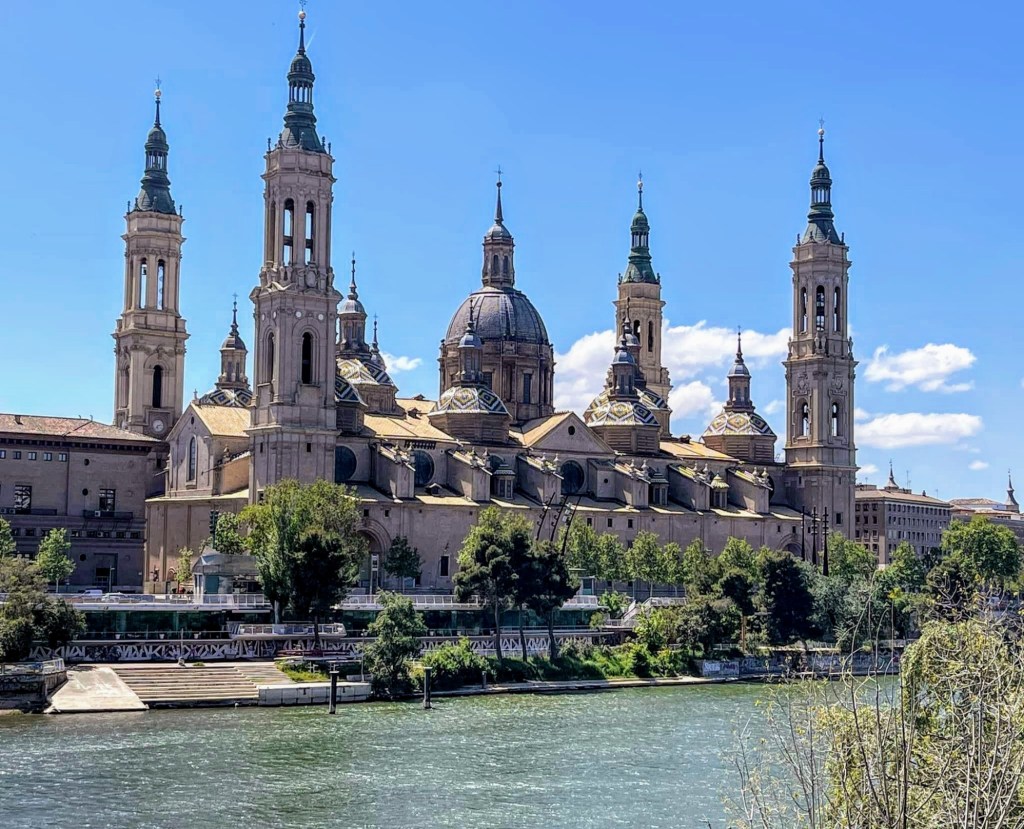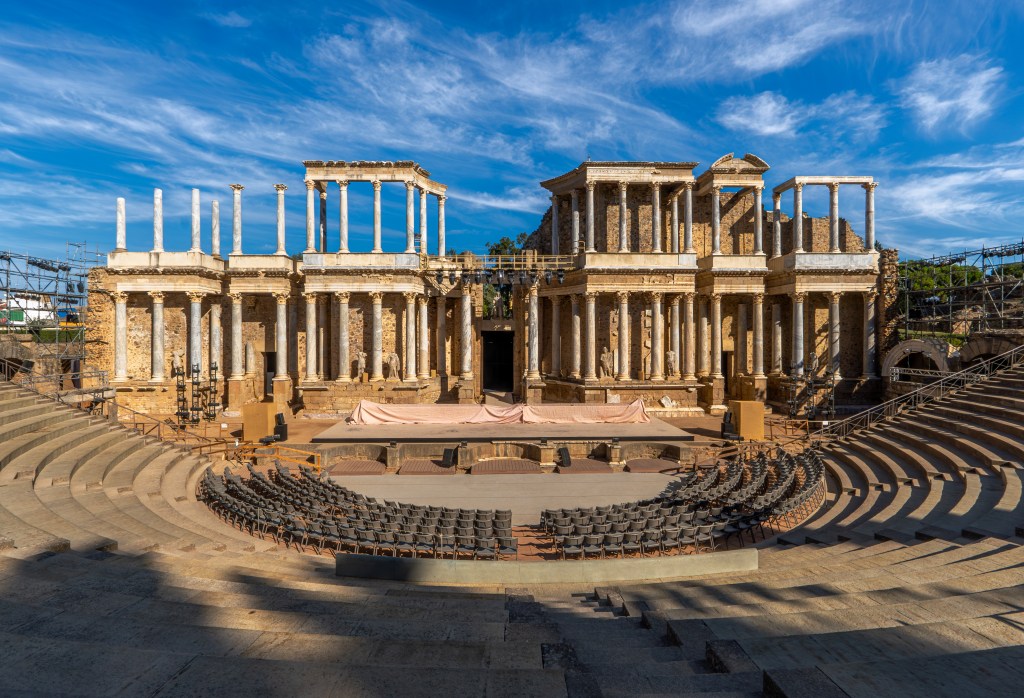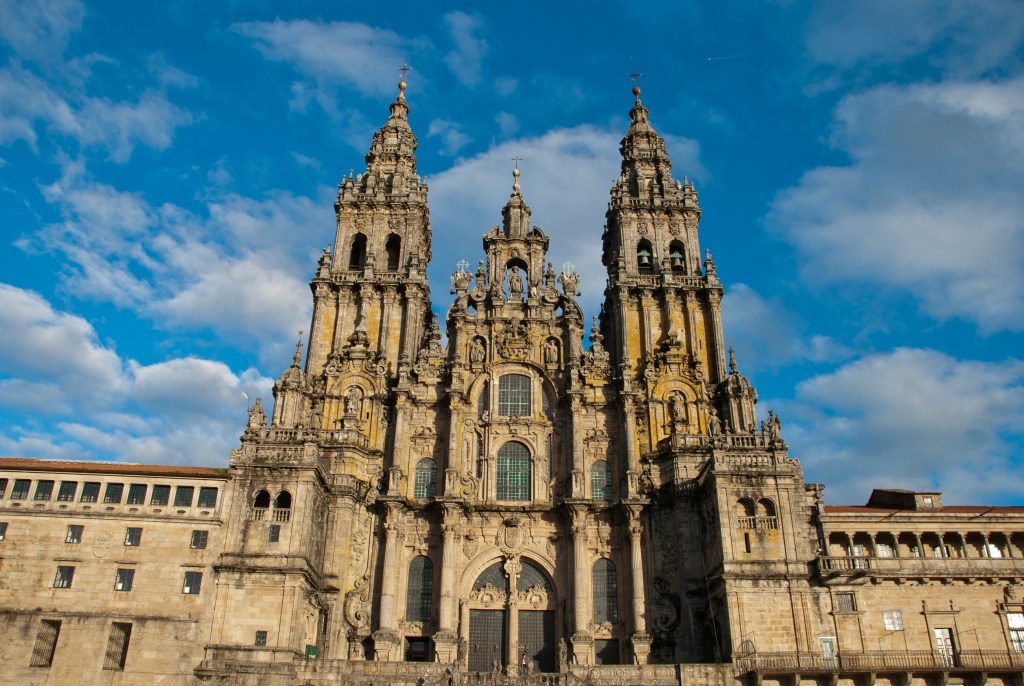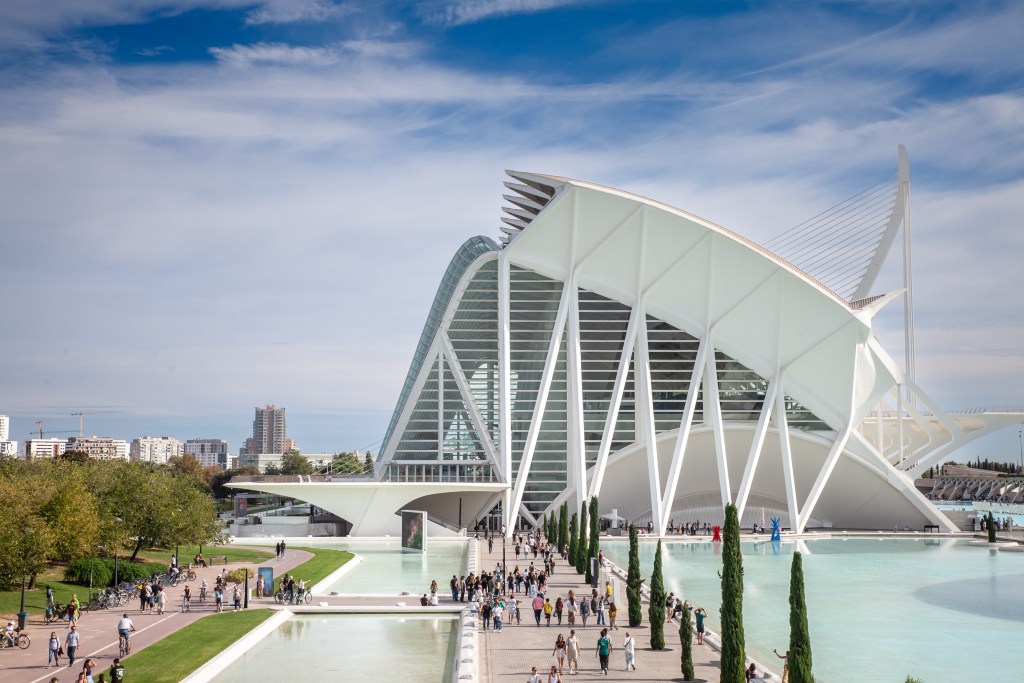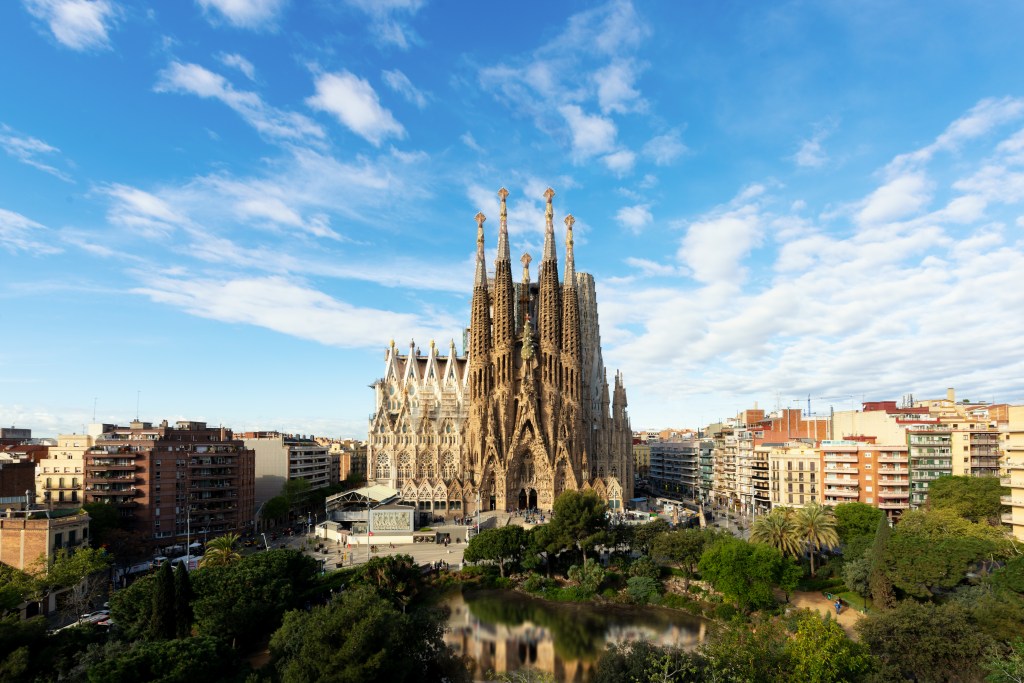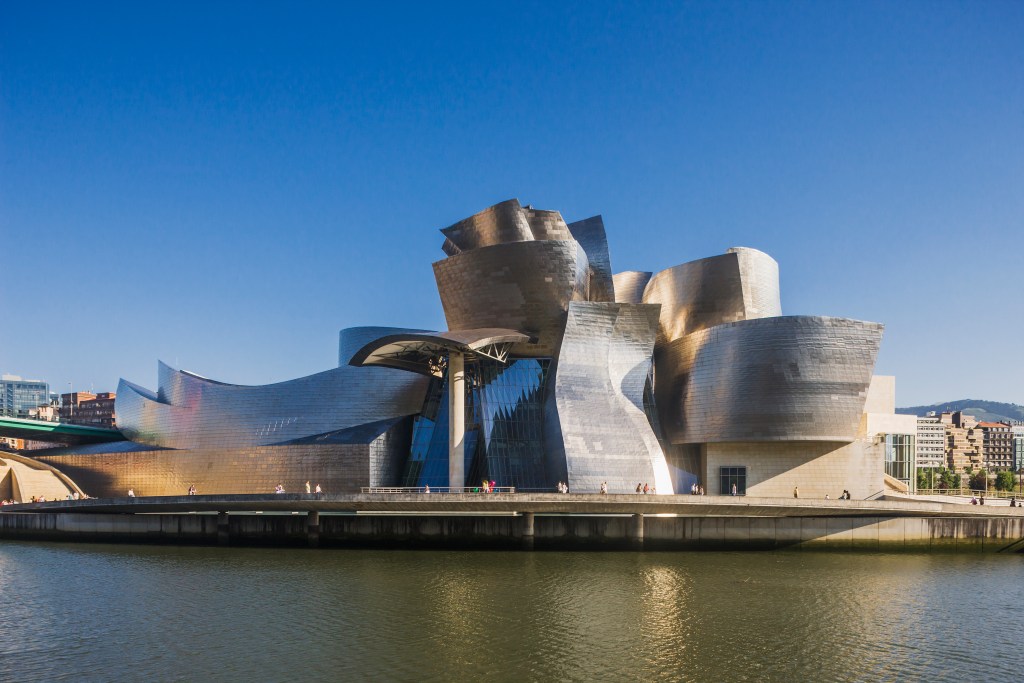Who doesn’t dream of a sunshine-filled Florida escape?
While winter birds are notorious for saving their Sunshine State adventures for the colder winter months, many strike out during the summer break from June to August. It’s a great time to enjoy Florida’s summertime as it hits full swing.
Bars fill up, often offering live musical performances and ice-cold cocktails. Tours are almost non-stop, from kayaking near manatees to racing speedboats across the Keys. And while rain showers often come and go, Florida’s hurricane season doesn’t get dangerous until around mid-August.
The big question is—with so many great resorts and hotels around the state, where should you go?
I vote you follow the latest Florida tourism trends, which have tilted south toward its stunning, remote Keys region. From Miami, the Caribbean’s tropical tendencies become your oyster—without you ever needing to bust out that passport.
There’s just one catch: the Keys tend to be pricy. At least, for those who don’t know how to research the hell out of affordable hotels (or rentals, if you prefer a more private stay).
If you want a head start on the best hotels in the Florida Keys that won’t break the bank, start here.
Best hotels in the Florida Keys for budget travelers
- Conch Key Fishing Lodge & Marina (Conch Key)
- Parmer’s Resort (Little Torch Key)
- Breezy Palms Resort (Islamorada)
- Hadley Resort and Marina (Islamorada)
- Captain Pip’s Marina & Hideaway (Marathon)
- Tropical Cottages (Marathon)
- Bonefish Bay Motel (Marathon)
- Buccaneer Quarters and Suites (Marathon)
- The Pelican Key Largo Cottages (Key Largo)
- Marina Del Mar Resort and Marina (Key Largo)
- Truman Hotel (Key West)
- Havana Cabana at Key West (Key West)
- The Laureate (Key West)
Best hotels in the Florida Keys for budget travelers
Conch Key Fishing Lodge & Marina (Conch Key)
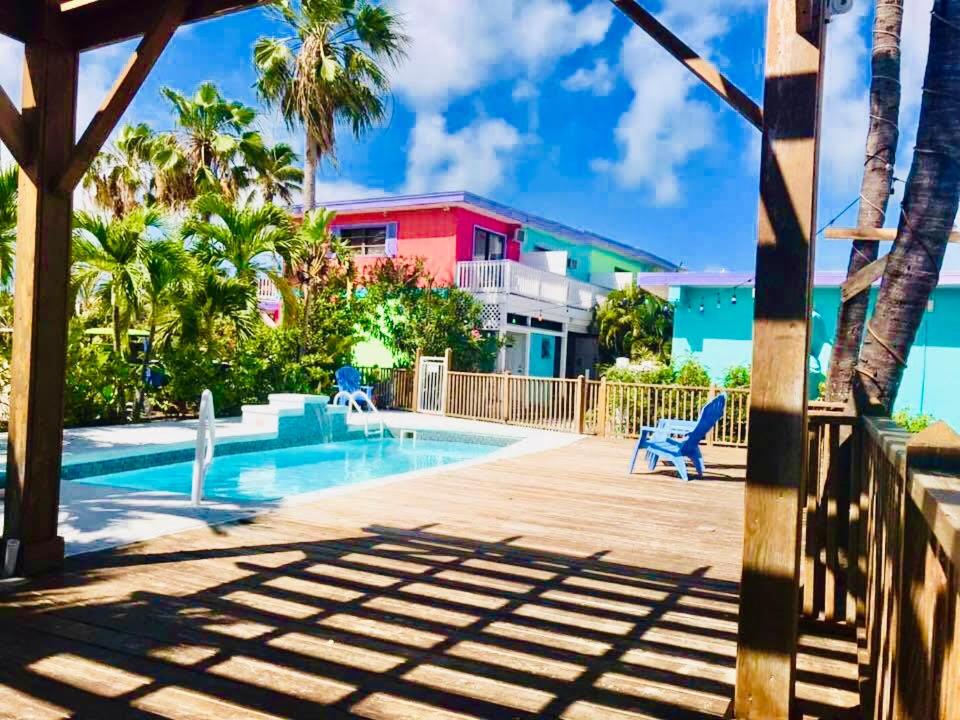
This cute little two-star hotel offers everything you’ll need for a solid Keys adventure. There’s a private beach, an outdoor pool, and balconies or terraces in every room (which are family-friendly, by the way). There’s even a barbecue area for those who want a little extra time in the sun while they grill up a meal.
Parmer’s Resort (Little Torch Key)
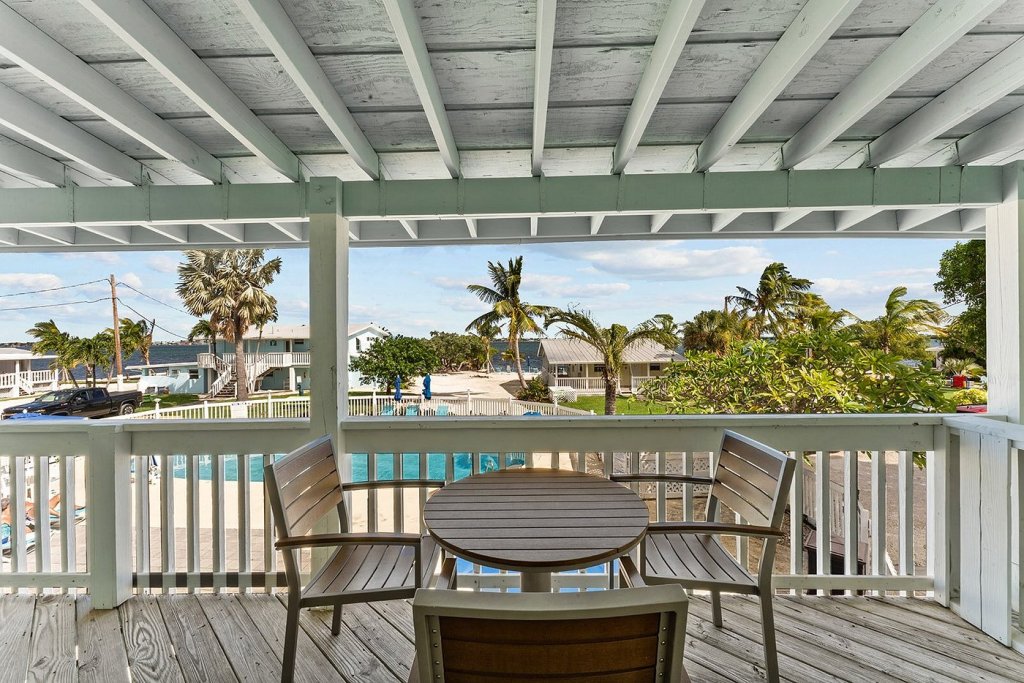
Escape the noise and hustle at this low-key hotel in Little Torch. (Get it? Low-key. Anyone?) You can pick from standard rooms, cottages, or suites. You can also bring your boat along if you’ll be heading out on the water. Once again, you’ve got outdoor grills where you can whip up a meal while soaking up the great subtropical outdoors.
Breezy Palms Resort (Islamorada)
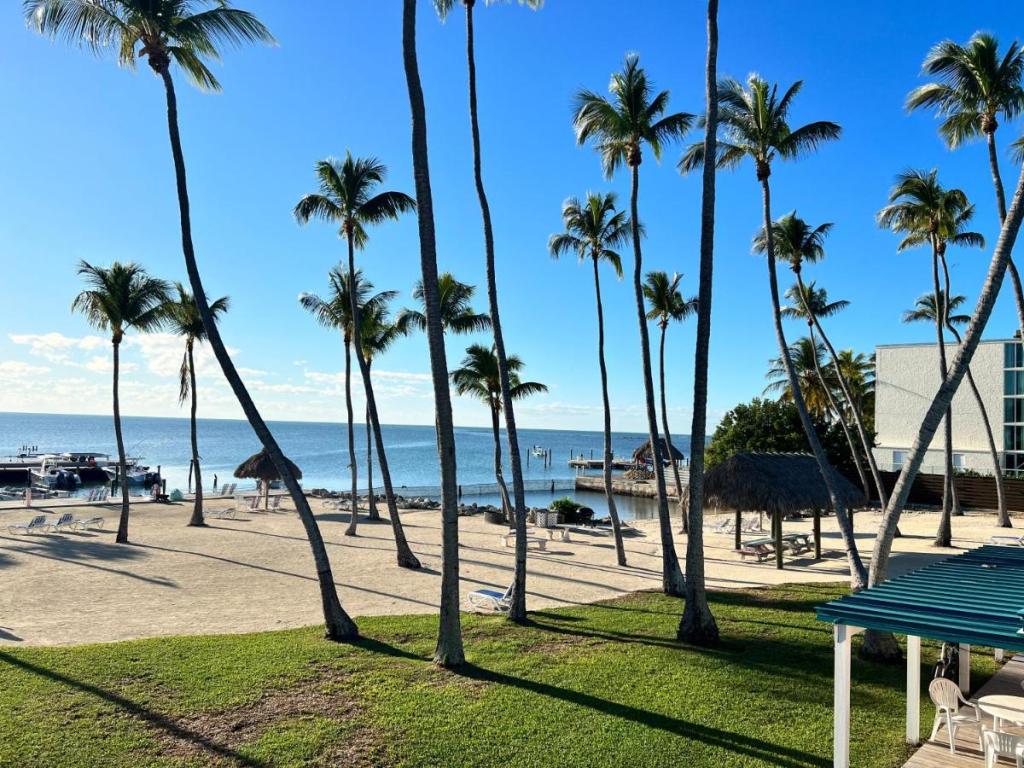
With a private beach only steps away from its rooms, Breezy Palms Resort gives you direct access to the northernmost edge of the Caribbean Sea. If the salt isn’t for you, spend some time at the outdoor pool. You’ve also got bike rentals available, if a bit of scenic exercise appeals to you.
Hadley Resort and Marina (Islamorada)
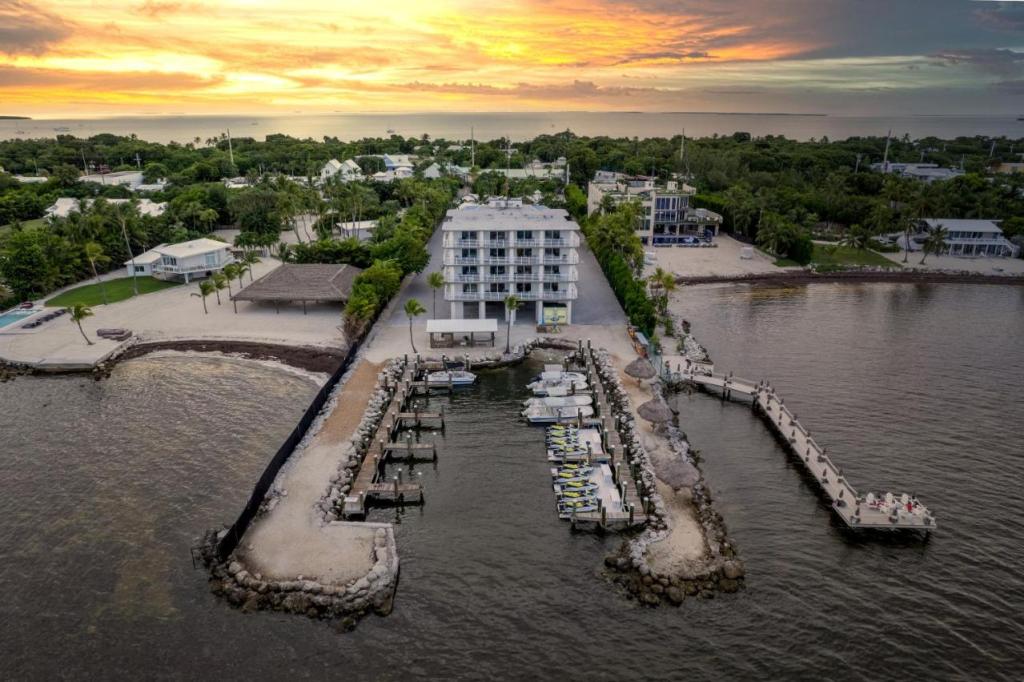
The name says it all. Hadley Resort and Marina stands out because there’s a small dock right on the grounds, letting you bring your boat to take on the Keys at your leisure. The hotel is also newly renovated and is known for its friendly, helpful staff. Ready, set, launch!
Captain Pip’s Marina & Hideaway (Marathon)
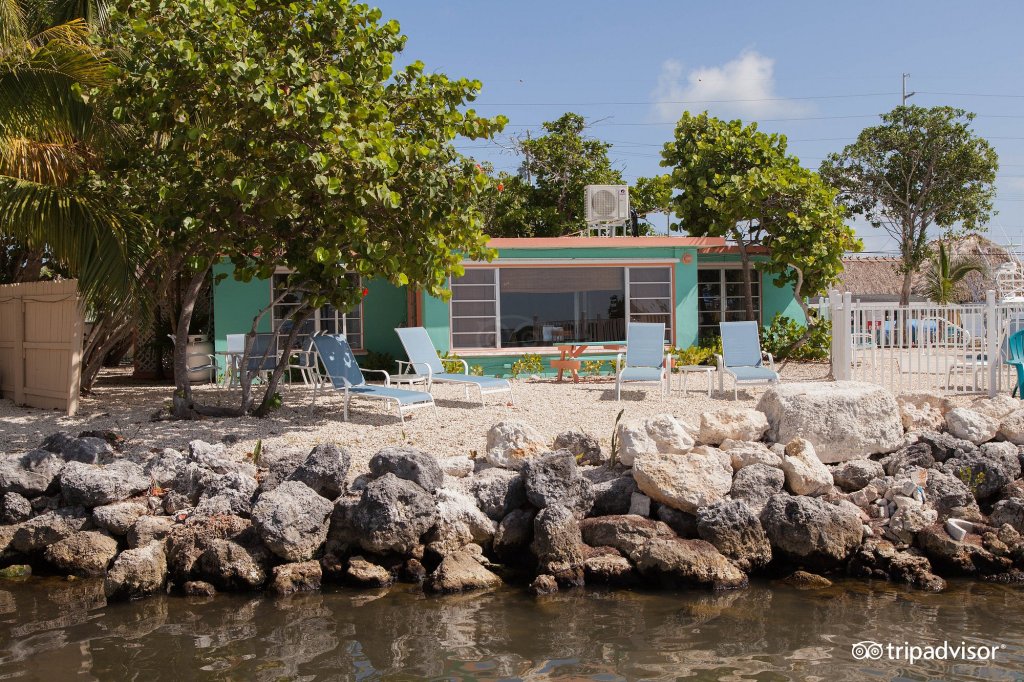
Looking for a cute and quaint hotel with tons to do? I’d head to Captain Pip’s. Located just off the Seven Mile Bridge Overseas Highway, this hotel offers rooms and suites. But the real coup is the range of activities available. You can take Captain Pip’s kayaks, bikes, boats, and paddleboats for a spin.
Tropical Cottages (Marathon)

Tropical cottages. A tiki bar. Bicycle and kayak rentals. What more could you want in a budget-friendly Florida Keys hotel? Though you need to cycle to Sombrero Beach, it’s a short ride. As an added bonus, the Dolphin Research Center is also nearby, in case you like sea-bound mammals.
Bonefish Bay Motel (Marathon)
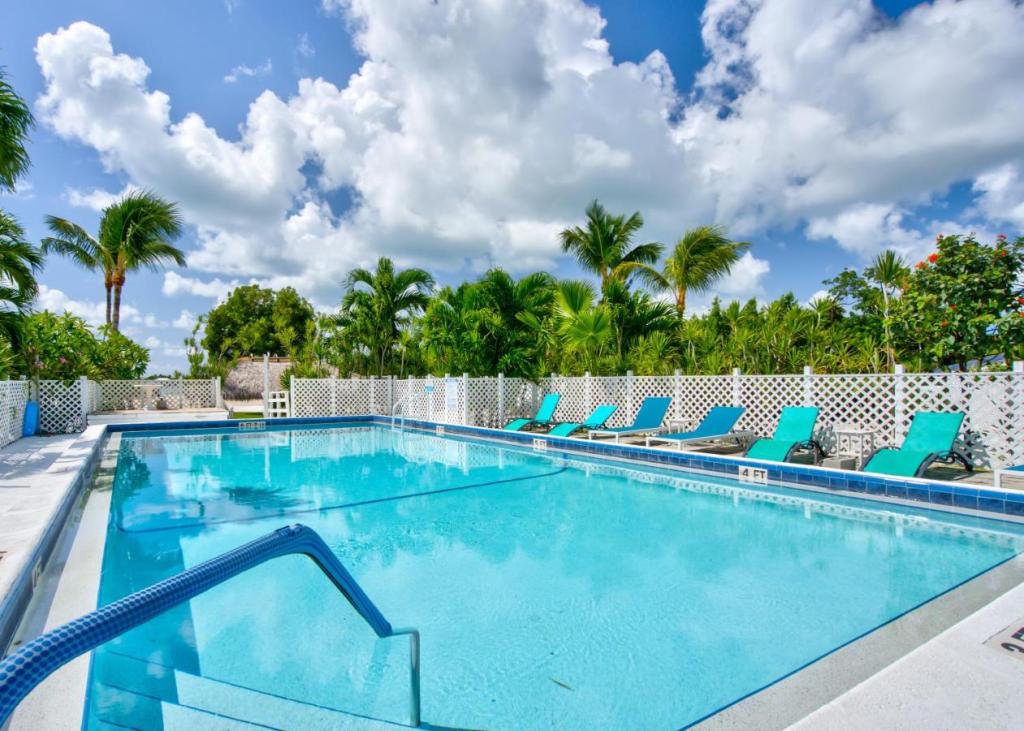
With an outdoor pool, garden, picnic area, and sun terrace, Bonefish Bay Motel has everything you need to soak up summer in the Florida Keys. Plus, you’re just a short drive from Sunset Park Beach and Seven Mile Bridge.
The Pelican Key Largo Cottages (Key Largo)
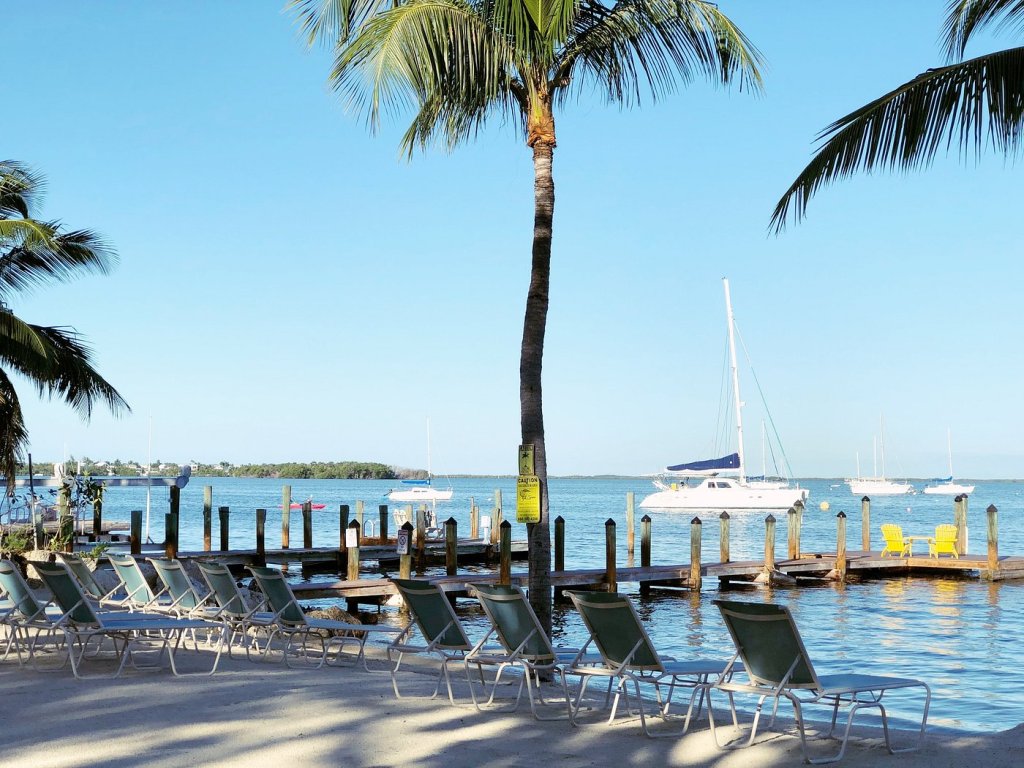
You’ve got over 30 charming little cottages to choose from at The Pelican. As you can see in the image, there’s also a bayfront ocean view that you can soak up at your leisure. It’s also an ideal spot for anyone who wants to get out on the water to fish, snorkel, or dive.
Marina Del Mar Resort and Marina (Key Largo)
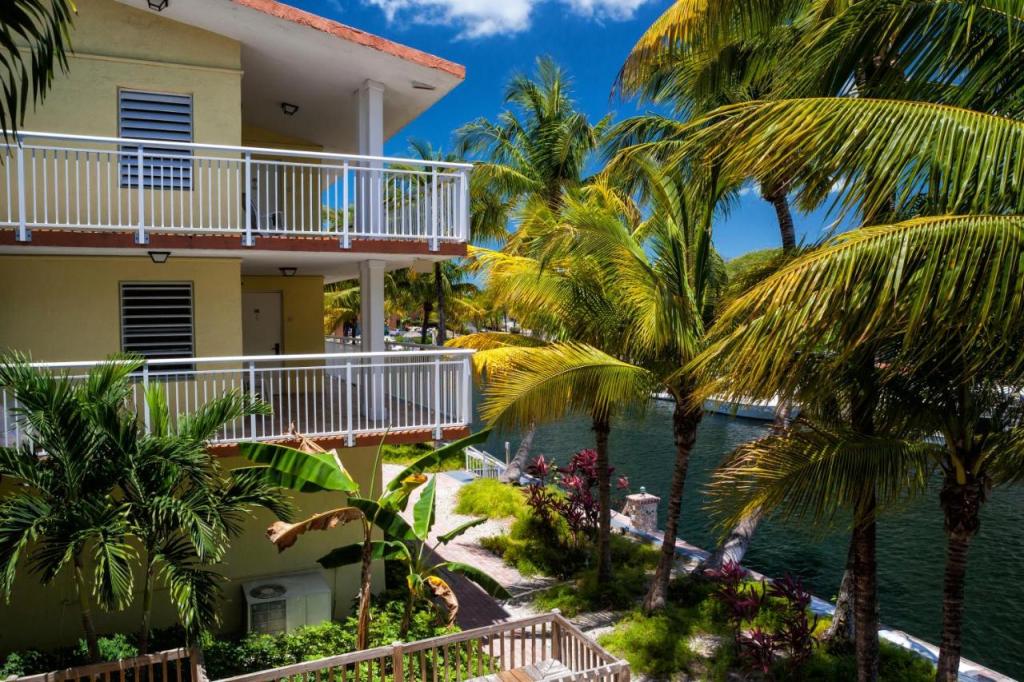
Lush gardens surround this lovely hotel. Aside from greenery and sea views, you’re also close to the action in Key Largo, within walking distance to major shops and restaurants. You can grab a bite at the on-site restaurant, too. If you want to dock your boat, the hotel also includes access to a 76-slip marina.
Truman Hotel (Key West)

Who says boutique hotels can’t be affordable? This gorgeous and modern hotel comes with a stylish outdoor pool and also puts you close to the action in Key West. Duval Street is a short drive away, along with the Ernest Hemingway Museum. It’s the priciest spot on this list, but it’s still in an affordable price range compared to other Key West spots.
Havana Cabana at Key West (Key West)
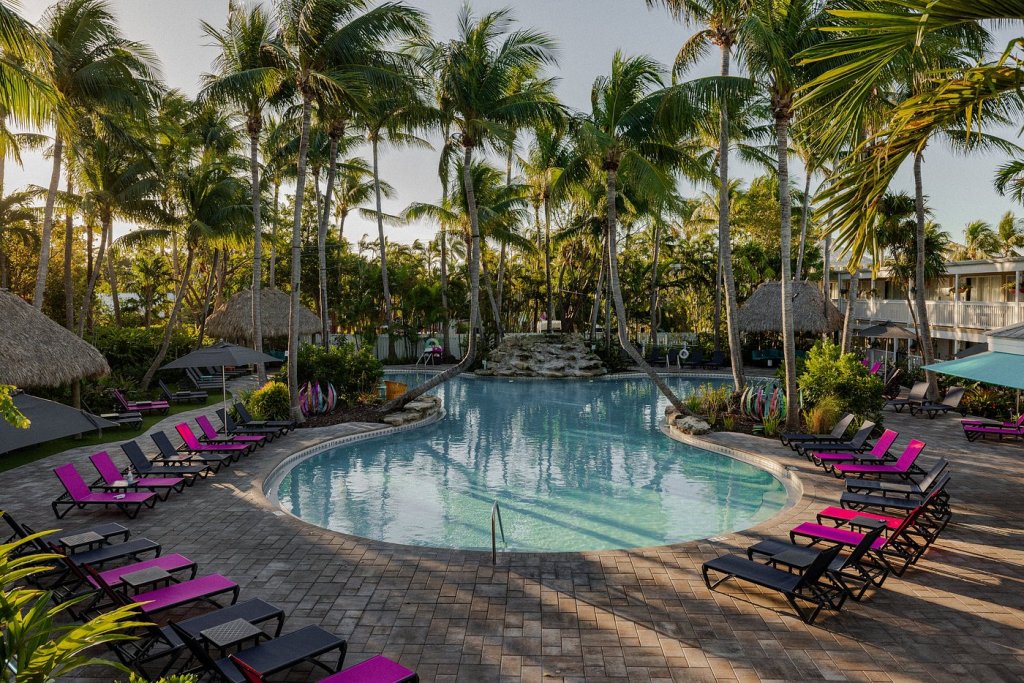
This is another heavy-hitter that’s more affordable than many other Key West hotspots. Not only do you have a fantastic outdoor pool and ambiance, but you also have access to what the hotel describes as a ‘year-round party paradise’. Just a short drive away are Key West’s most popular hotspots. Revelers, assemble!
The Laureate (Key West)

If decor and functionality are important to you, head to The Laureate. While the outdoor pool is worth spending a few afternoons at and the sea views are drool-worthy, the rooms are also highly livable and comfortable. If you’re heading to the Keys for a longer stay, consider bunking at The Laureate.



